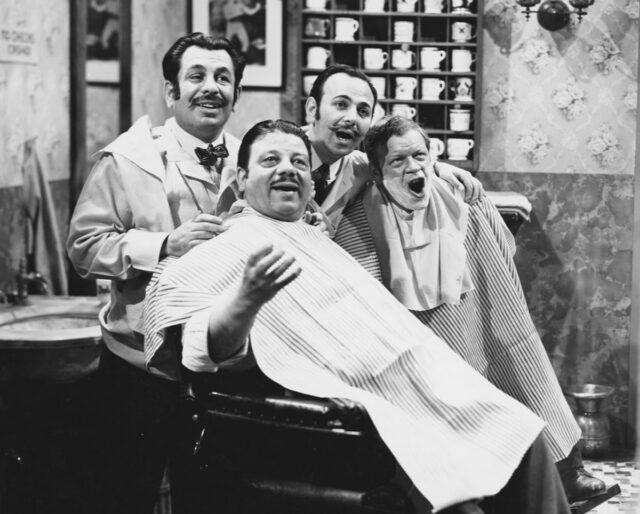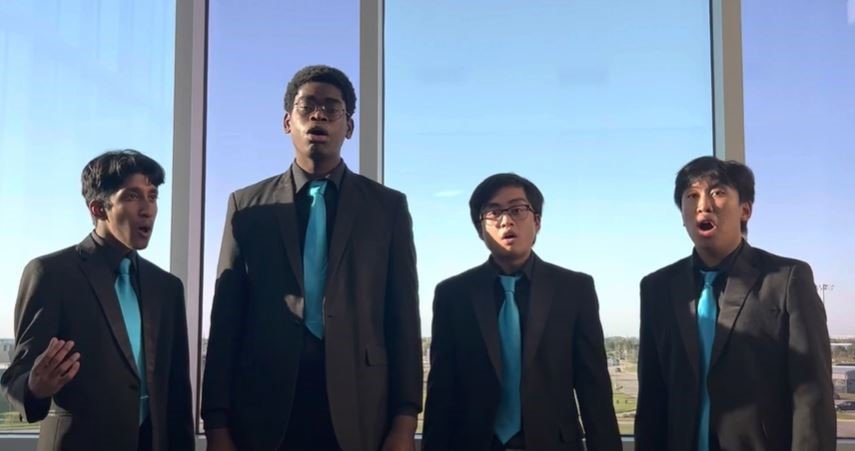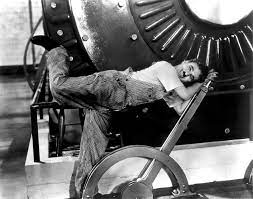
How to Improve Sight-Reading Skills
How to improve sight-reading skills An Introduction to Sight-Reading What exactly is sight-reading? Sight-reading is the ability to look at a sheet music chart and sing it for the first
The basics of barbershopping are explained in this article. Barbershop groups can be characterized by harmonies with four voice parts. Those exclusively being tenor, “lead” (carrying the melody), baritone and bass. The first thing to know is that there are styles of music that includes multiple voice. Those parts may include countertenor, tenor, baritone, and bass. Next, the terms soprano, mezzo-soprano, and contralto typically apply to the female voice. Men have been known to be capable of also singing those higher voice parts. Lastly, barbershop music is sung or performed a cappella or unaccompanied.
Techniques in barbershop music include:
The origins of barbershop music and style of singing date back likely to as early as the mid to late 1800’s. The history of barbershop singing includes jazz, ragtime, and spiritual music. The biggest emphasis in barbershop style arrangements are placed on chords and octaves.
As a style, barbershop music is not as popular as it has been in the past. That being said, there are still many people young and old that enjoy it. The barbershop style continues to be a form of music popularized by movies, TV shows, and popular figures like politicians and actors. See our article on Barbershop in Popular Culture to learn more.
Read on to find out more of the music theory and devices used in the a cappella singing of Barbershop music. Naturally, we also use a wide range of music theory and devices besides the techniques listed here.
The basics of barbershopping should always include a discussion and explanation of chords. In the simplest of terms, barbershop chords are notes that create a harmonic effect. This happens because the singers blend and combine the frequencies of the notes sung. When specific notes are combined they can create an amplification where listeners hear specific overtones. Not all musical instruments can create this effect; but the human voice can and does.
These are the chords that are the most common and most popular within the barbershop singing community. To sing a chord, the singers need a root, a third, and a fifth (which of course are only 3 notes, not 4). Usually the fourth singer doubles up and sings the root or the fifth note.
Barbershop harmony is the most exact type of music because the three voices that accompany the lead in a Grade A quartet vary the tone level to give the right pitch on each tone. Believe it or not, those accompanying voices MUST vary the pitch of various tones depending upon their voice position in the chord. This may seem confusing to those who consider that a piano in perfect tune is an exact instrument. Actually four voices can produce much close and more perfect harmony than four notes on a piano.
M.E. Reagan, 1947
Like the major chord, the minor includes the same notes. The difference is in the third which is sung as a minor third or approximately a half step down.
The Stomp progression is an eight-bar chord progression that originated in “King Porter Stomp” (1923) by Jelly Roll Morton. A song with a stomp will have a driving rhythm and beat with a fast tempo.
This is the most common chord in Barbershop. It includes the three same notes from the major chord plus a fourth note, the seventh in a linear row of notes.
This chord is characterized by a close harmony of notes with one semi note between them.
The basics of barbershopping also includes an introduction into the four parts or voices in the barbershop style of a cappella music: tenor, lead, baritone, and bass.
Males singing the tenor part is the highest part in barbershop music. Tenors spend most of their time singing in falsetto.
A leads is a singer mostly responsible for singing the melody. In barbershop, other parts may interchange with the leads and take the melody for usually brief periods of time.
A baritone sings mostly between the bass line and the tenors. Baritones sing a wide range of high and low notes.
A bass singer sings and provide the bass line and backbeat.
An impromptu quartet where the singers don’t necessarily know each other.
These are a rally event where barbershop singers with quartet experience get together over a weekend to compete. These events are by invite only because they want people with significant quartet experiences that are vocally capable of learning and singing a wide range of challenging arrangements. The participants form impromptu quartets, compete against each other, and perform as a chorus for a public show.
When one or more parts change pitch while the other parts hold their pitch.
When the lead holds the note while the other parts scoop or swipe to the next note and then slide to the next note again.

How to improve sight-reading skills An Introduction to Sight-Reading What exactly is sight-reading? Sight-reading is the ability to look at a sheet music chart and sing it for the first

Generally in most years, the SWD sponsors an annual Chorus and Quartet competition. The exception is the pandemic year we experienced due to Covid-19. There was no competition during the pandemic. The BHS recent resumed chorus competitions in 2022.

The Tidelanders excitedly sponsored our first singing competition. We promoted the contest to over 200 high schools in Harris and Fort Bend counties in Texas. We announced two winners (Men’s and Women’s) mid-April. We are looking forward to planning a bigger contest next year.

The Houston Tidelanders Chorus is pleased that we were able to perform for Clear Lake audiences once again! We’ve been performing in the Clear Lake area for about 25 years and it’s one of favorite shows.

“Smile” continues to be considered timeless. Meaning the message always seems to be relevant. As long as it continues to be popular, artists will continue to cover and interpret it’s meaning in order to continue to have it resonate with audiences. Modern artists like Michael Jackson have arranged and performed it.